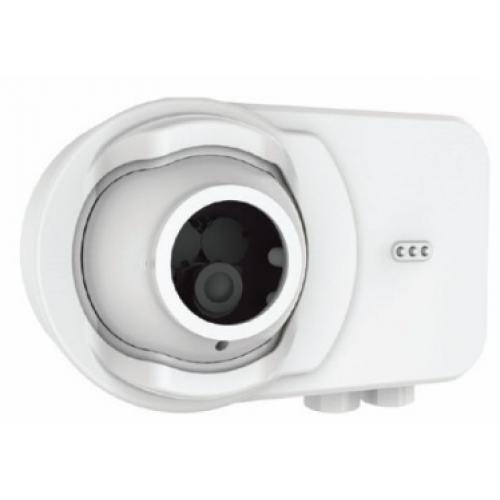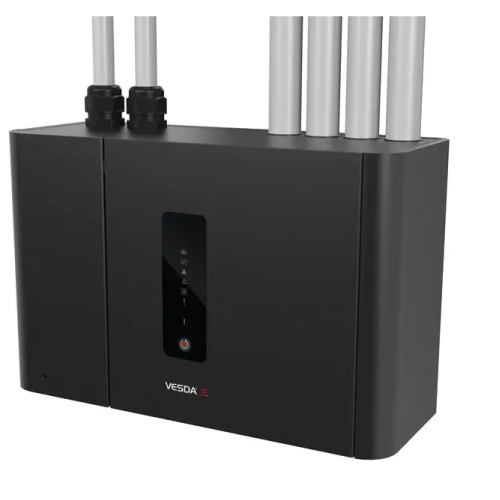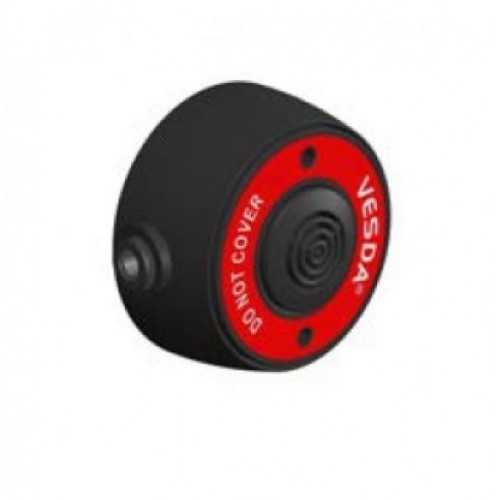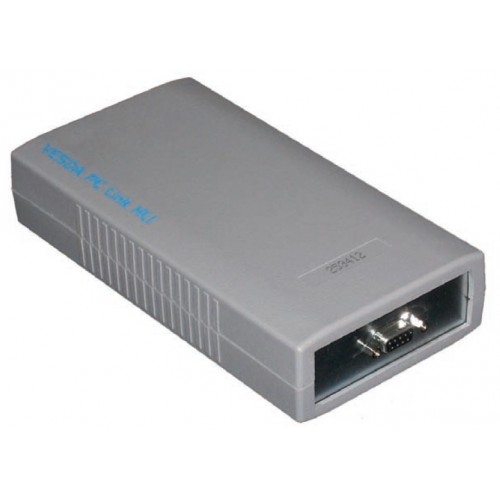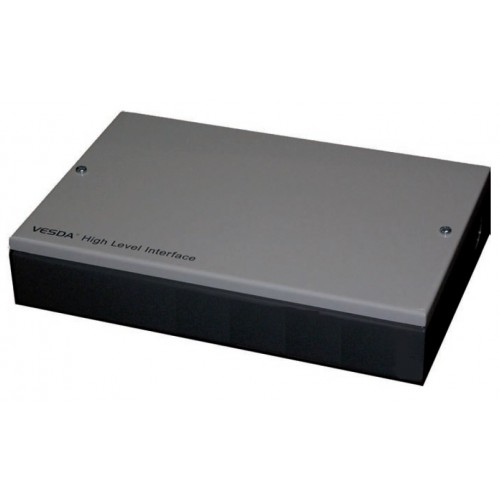Vesda OSI-RE-SS OSID R Reflective Beam
Vesda OSI-RE-SS OSID R Reflective BeamThe Vesda OSI-RE-SS is a 4-wire single-ended reflected type beam smoke detector that includes an 8 reflector and an integral sensitivity test.The Vesda OSI-RE-SS is a reflector-type linear optical beam smoke detector designed to operate as a component of fire alarm systems. The beam operates primarily on the principle of light obscuration utilising an Infra-Red beam. Optical beam smoke detectors are particularly appropriate for protecting buildings with large open spaces such as warehouses atriums etc.The OSI-RE-SS detector is a combined transmitterreceiver unit that can be directly connected to a conventional detector circuit.Key FeaturesCombined transmitter and receiver unit range 5-100 m 16-328 ftConventional modelReceiver consists of a CMOS imaging CCDWide 12 field of viewIntuitive beam alignment indicated by directional arrowsSingle IR wavelengthHighly resistant to building movement tolerates - 1 movementResistant to strong light sources does not alarm when saturated by sunResistant to large solid intruding objectsAutomatic sensitivity threshold level setting50 horizontal and 20 vertical beam alignmentBuilt-in heaterElectronic simulated smoke test from ground levelStandby fault and alarm LED indicators visible from the front and bottomAutomatic drift compensationPaintable coverRemovable plug-in terminal blocksOptional heater kit available for the reflectorThe Infra-Red transmitter and receiver Imager generates a beam of light towards a high efficiency reflector. The reflector returns the beam to the receiver where an analysis of the received signal is made. The change in the strength of the received signal is used to determine the alarm condition.The receiver imager has a wide FOV of 12 and tracks automatically the reflector in case of building movement or movement of its support structure. It is virtually impossible for the receiver to lose the reflector out of its side of view without any structural damage being caused to the building. As a result of this operation the OSI-RE-SS eliminates the number one cause of false alarms andor faults with traditional beam detectors.Optical filtering high-speed image acquisition and intelligent software algorithms provide the OSID-RE system with higher levels of stability and with greater resistance to high level lighting variability. As such the detector has a better resistance to sunlight and intruding objects in its FOV.The detector will not alarm when saturated by sunlight reflected sunlight or any other very bright light sources. In worst case the detector will go in to trouble and hence solving another cause of false alarms with traditional basic photocell receiver beam detectors. Thanks to the smoke imaging techniques the detector will not alarm for partial and sudden blockage.The alignment of the detector is extremely intuitive fast and accurate. Both the IR transmitter and the CMOS imager are contained in the eyeball that can turn freely in all directions. The eyeball moves - 20 in the vertical direction and 50 in the horizontal direction. Four arrows that indicate the direction to move the eyeball will guide the user to find the imagers perfect alignment with the reflector.To get started swiftly at long distances a laser tool can be inserted in the eyeball to allow finding the reflector quickly and then fine-tuning the eyeball to the optimum alignment. Once the optimum alignment is finalised signalled by all green arrows and LED the eyeball is locked by tightening the lever on its side. A paintable cover is then placed over the front to hide the alignment arrows locking mechanism and secures the locking lever in locked position. Unique in the market the sensitivity of the detector is selected and set automatically at the optimum sensitivity based on the size of the reflector measured in the FOV. The detector incorporates automatic drift compensation whereby the detector will adjust its detection thresholds in line with any long term signal reduction of the beam caused by contamination of the optical surfaces. An internal heating option is also provided on the Imager to prevent condensation on the optical surface.


